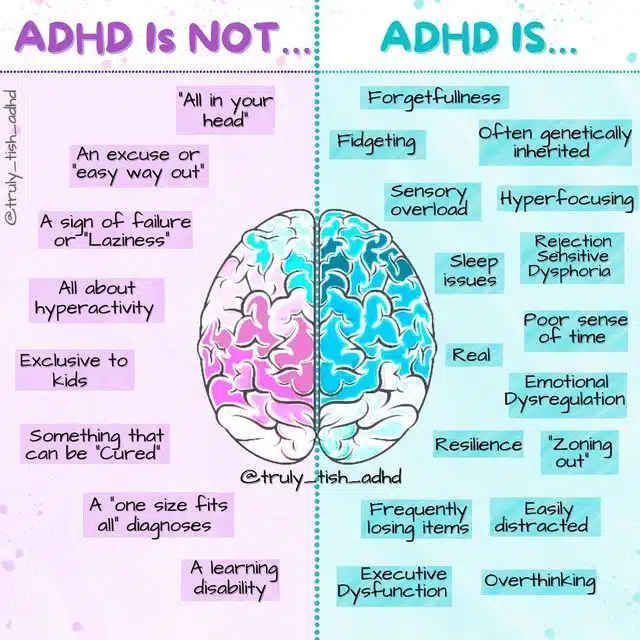Cumulative risk assessment is a valuable tool for identifying and prioritizing interventions for children with special needs. Here are some examples of how it is used:
- Targeted screenings: Children with higher cumulative risk scores may receive more frequent or comprehensive developmental screenings.
- Personalized interventions: Understanding a child’s specific risk factors allows for tailored therapies and support services.
- Resource allocation: Cumulative risk assessments can help direct limited resources to the most vulnerable children and families.
| Aspect |
Application |
| Research |
Identify risk patterns and develop targeted interventions |
| Clinical Practice |
Guide personalized care plans and support services |
By embracing the concept of cumulative risk, parents and professionals can work together to create a supportive environment that nurtures the unique potential of every child with special needs.
This post was originally published on Sept. 16, 2023. It was updated on May 10, 2024.















